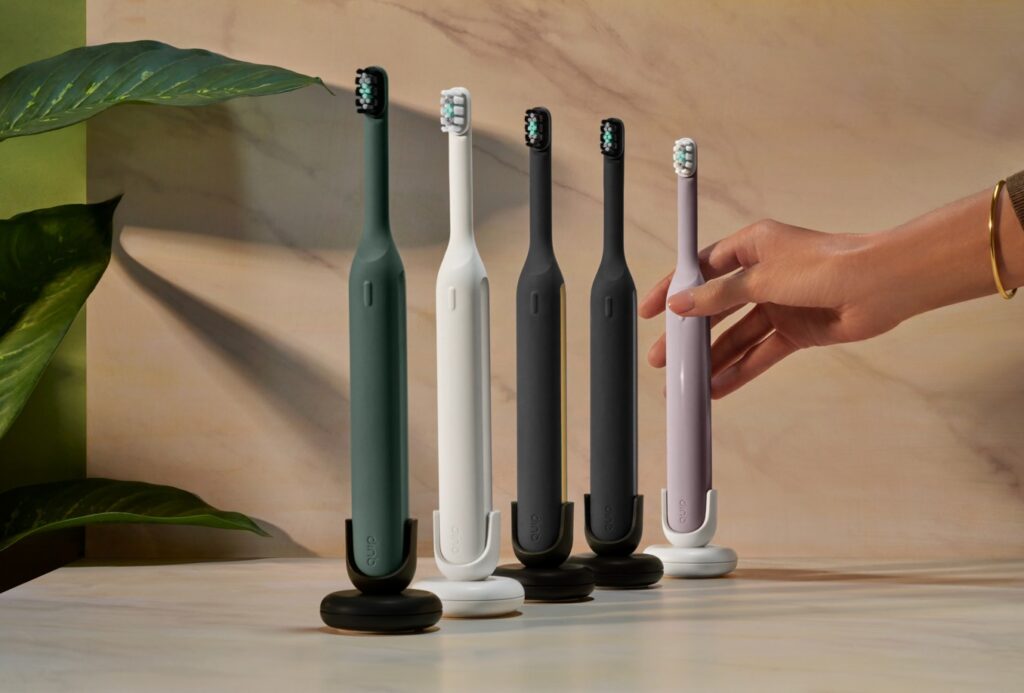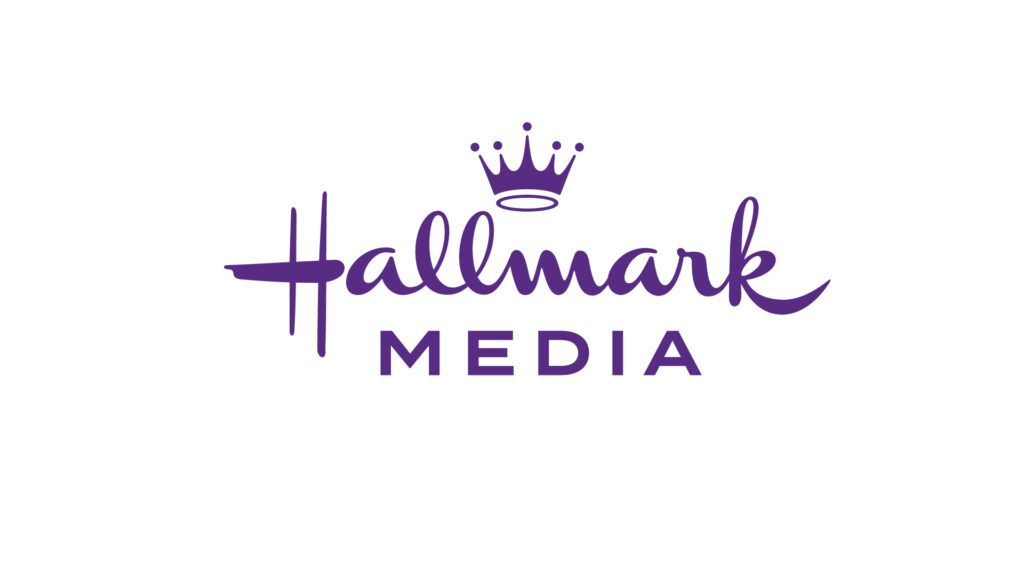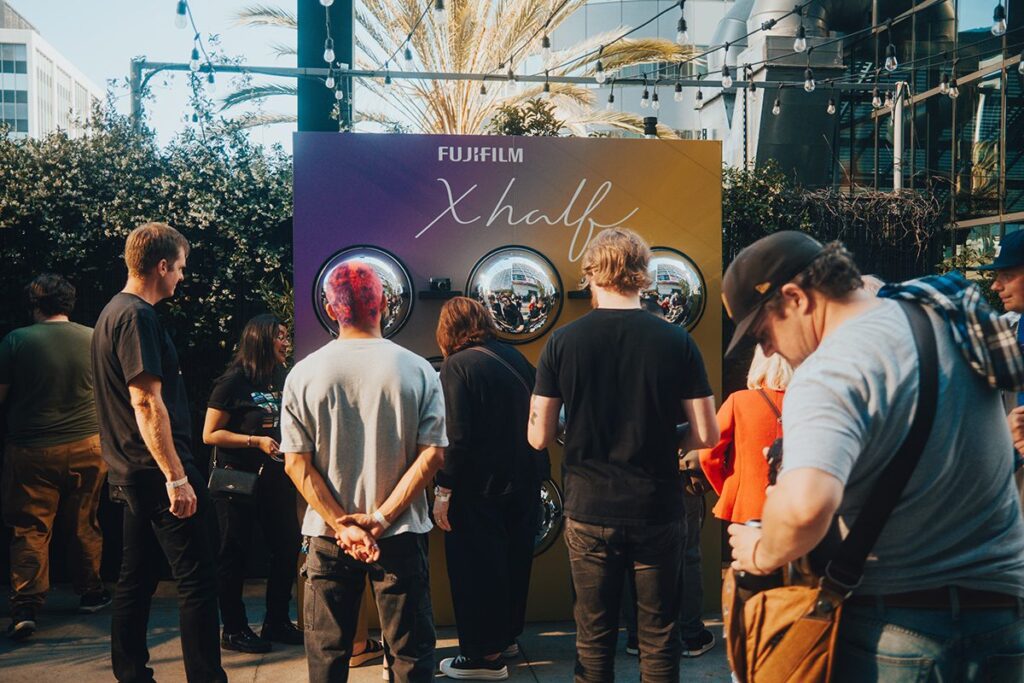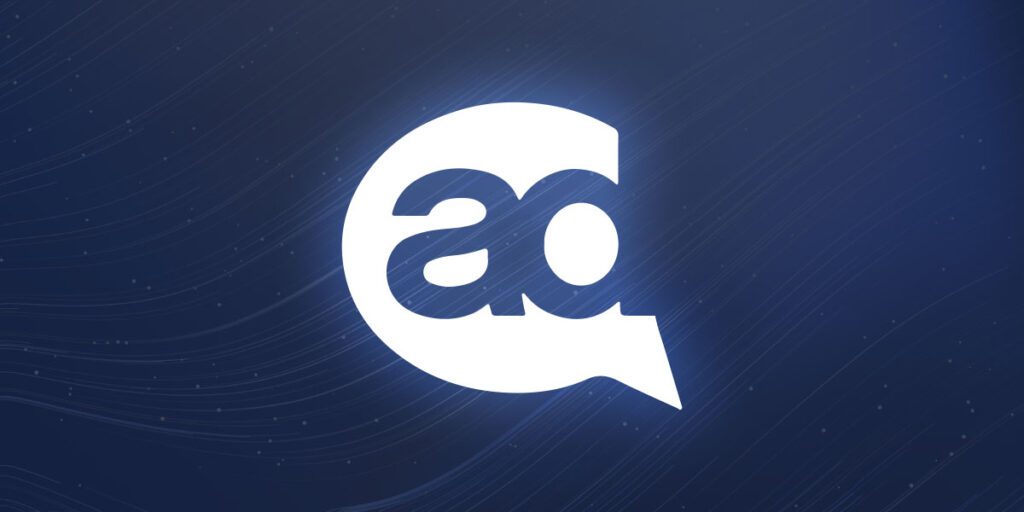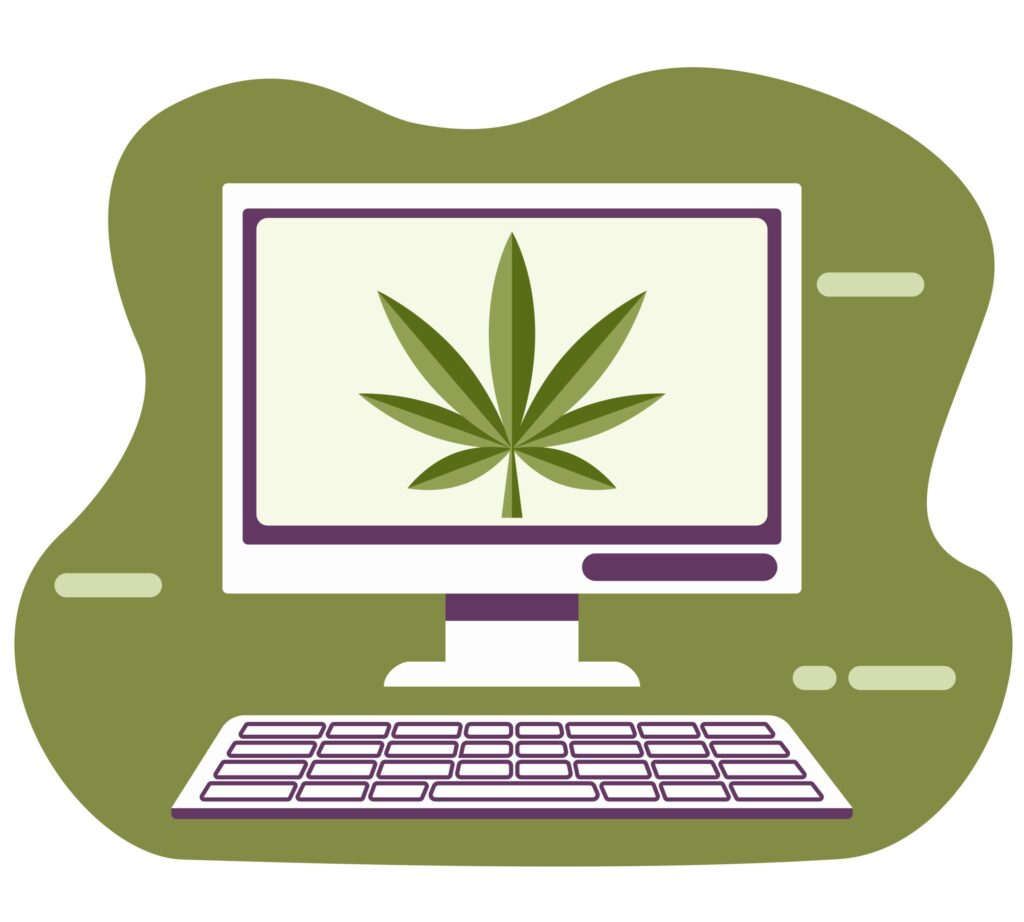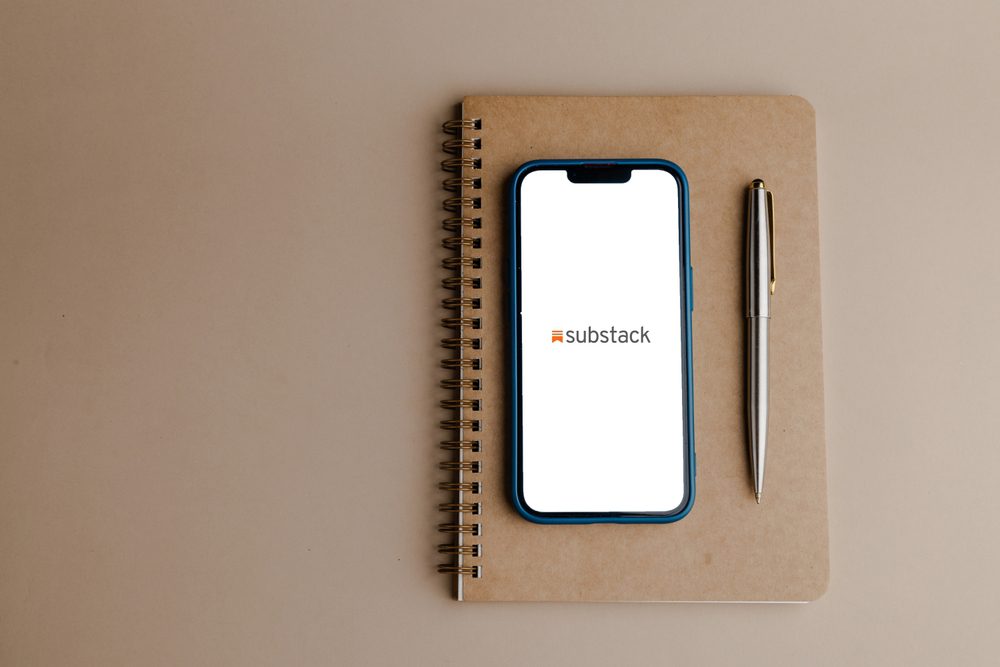TOO MANY LOYALTY marketers think they have to be all things to all customers; they design programs that are either too expensive or offer inadequate rewards. The far wiser course is to focus on the segments that will do them the most good, and not waste significant resources on the others.
Here’s how a cell-phone company created tailored programs for separate and unequal groups. The firm had many problems, including a high customer attrition rate, declining revenue per subscriber and many low-end customers. What’s more, its competition was changing rapidly due to price wars, new technology and alternative distribution channels.
The turnaround strategy was anything but easy. The company knew it had to reduce attrition, increase customers’ lifetime value and get a greater share of their spending. It also wanted to allocate its marketing budget more effectively.
To do this, the company conducted two studies through its service bureau:
- Segmentation and customer satisfaction
Researchers found that the best customers perceived the least value and were least satisfied with the company’s service.
- Attrition
Analysis showed that defectors expressed low satisfaction months before they decided to leave. It also revealed that the odds of defection quadrupled when a customer griped, and that those who were “very satisfied” with how problems were solved were unlikely to jump.
The next step was identifying potential defectors. So the company:
-
Developed 68 different statistical models exploring all aspects of the attrition problem.
-
Rated the models based on performance vs. a control group.
-
Chose a neural network that could handle many variables for the final segmentation job.
The key findings of the neural-net model were:
-
Two-thirds of all defections occurred within 15 months.
-
About four out of 10 defections were preventable.
-
53% of preventable defections happened before the seventh month of a subscriber’s contract period.
The stroke of genius was to use quadrant analysis to create customer segments based on revenue and risk. This work indicated the segment where the company could get the most benefit from a loyalty program, and recommended that it design a program for this critical group of customers.
Based on the models, the company created a targeted rewards program focused on Group A, the high-risk types (those most likely to defect) with the highest current revenue. This segment represented only 13% of the entire customer base. Less costly rewards programs were set up for the other groups, some 87% of the customers. These strategies were intended to:
-
Identify the four key customer segments, adjusting them as new ones arrived, old ones left, and existing customers moved up or down.
-
Allocate marketing investment based on revenue and profit for each segment.
-
Provide different strategies and rewards to each segment in the loyalty program, and within that sector offer individual loyalty rewards based on a customer’s life stage, needs and value.
-
Provide enhanced services and proactive communications to the best customers in Group A.
-
Use the models plus data on customers’ daily behavior to detect defection problems and resolve them before the customer headed for the door.
The company implemented the recommended rewards programs, creating a control group for each of the four segments to measure effectiveness. A year later, the firm found that:
-
The programs generated a return on investment of $2.09 for every $1 invested.
-
Attrition of those customers receiving the rewards communications in Group A was 1.27 points lower than those in a control group.
-
Average revenue ($1,412) in the rewards test group was 5% higher than in the control group ($1,358).
-
There was an increase of $19.6 million in annual sales to those 13,881 customers who were retained by the loyalty program (compared with a control group).
This last result is most impressive to me. The models were used to identify exactly how many customers did not defect as a result of the loyalty program.
Too often a loyalty program is launched and conducted without knowing how much good is being done. If this is so, how can any company prove if an effort works? The answer: By setting up a control group that doesn’t get the benefits. But this often is the most difficult part of any rewards program.
The control-group problem is illustrated by the recent experience of a master marketer. “To prove that the money spent on the program was paying off, we had a control group,” he said. “The company never had one before. It’s difficult to measure a program unless you have a control group.
“When we set up the control group we made sure that no store executives were in it, no board members and no employees. But we didn’t have a smart enough database to tell us who was the next-door neighbor and best friend of the president’s wife. She was in the control group.”
And the result?
“We got some angry calls from people who were in the control group,” the marketer said. “Of course, we didn’t tell them that they were in a control group. We just told them that there had been a terrible mistake, and shifted them to the test group. These people were tagged as the ‘out of control group.’ Others who were not qualified for the program called to complain about being left out. We explained that you had to spend so much to qualify. Most said OK, but for those who were adamant we made exceptions.”
A nagging question comes up when companies design loyalty programs: How large should the rewards be to spur changes in customer behavior?
One telephone company tried four rewards: a letter thanking the customer for his or her business; a similar letter offering 50 free minutes; and two similar letters pitching 100 and 200 free minutes. Which letter produced the desired behavior change at the least cost? The one without the minutes produced only very slight improvements. The three letters offering free minutes all worked equally well.
Conclusion: Giving a valuable reward works better than no reward at all. But if you are giving a gift, it really doesn’t matter how large the gift is. The phone company settled on 50 minutes as the most cost-efficient reward.
ARTHUR MIDDLETON HUGHES is a vice president and solutions architect at KnowledgeBase Marketing. He is the author of “Strategic Database Marketing, Third Edition” (McGraw-Hill).
 Network
Network